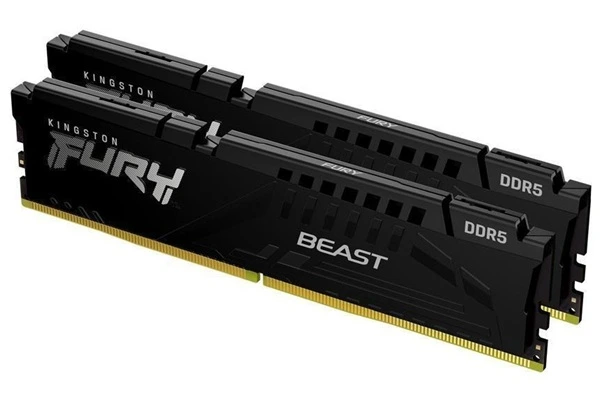What is DDR4 Memory?
If you are reading this article, your probably a gamer who is
looking for higher performance on your machine. You already own or plan on
selecting better memory. If your a casual user then this article probably won't
apply to you.
DDR4 stands for "Double Data Rate 4", and it's a type of
memory (RAM) used in modern computers. RAM is short-term memory that your
computer uses to quickly access data. The faster your RAM, the better your
computer can handle multiple tasks at once.
What Are Memory Timings?
Memory timings are a set of numbers that show how quickly the memory
responds to commands. Most of us don't need to know the technical aspect, of
these items, but it may help to have a basic definition. You might see something
like 16-18-18-38 on a DDR4 RAM stick or in the specifications.
These numbers represent:
- CAS Latency (CL): The time it takes for the memory to start sending data after a command.
- tRCD (RAS to CAS Delay): Time between row and column commands.
- tRP (Row Precharge Time): Time needed to close one memory row before opening another.
- tRAS (Active to Precharge Delay): Minimum time a row needs to stay open before it can be closed.
Why Do Timings Matter?
Lower numbers usually mean faster memory performance. However,
memory speed also depends on the frequency (measured in MHz), so both timing and
speed are important.
It must also be said that faster memory will cost a little more when compared to
what's found in your basic, business or home use desktop. More speed equals more
money.
Balancing Speed and Timings
When choosing DDR4 RAM, look for a balance between high frequency
(like 3200 MHz or 3600 MHz) and low timings (like CL16). That way, you get fast
and responsive performance.
Wrap Up
DDR4 memory timings may seem confusing at first, but they're just
measurements of how fast your RAM can respond to commands. The main takeaway is that
lower timing numbers are better.



